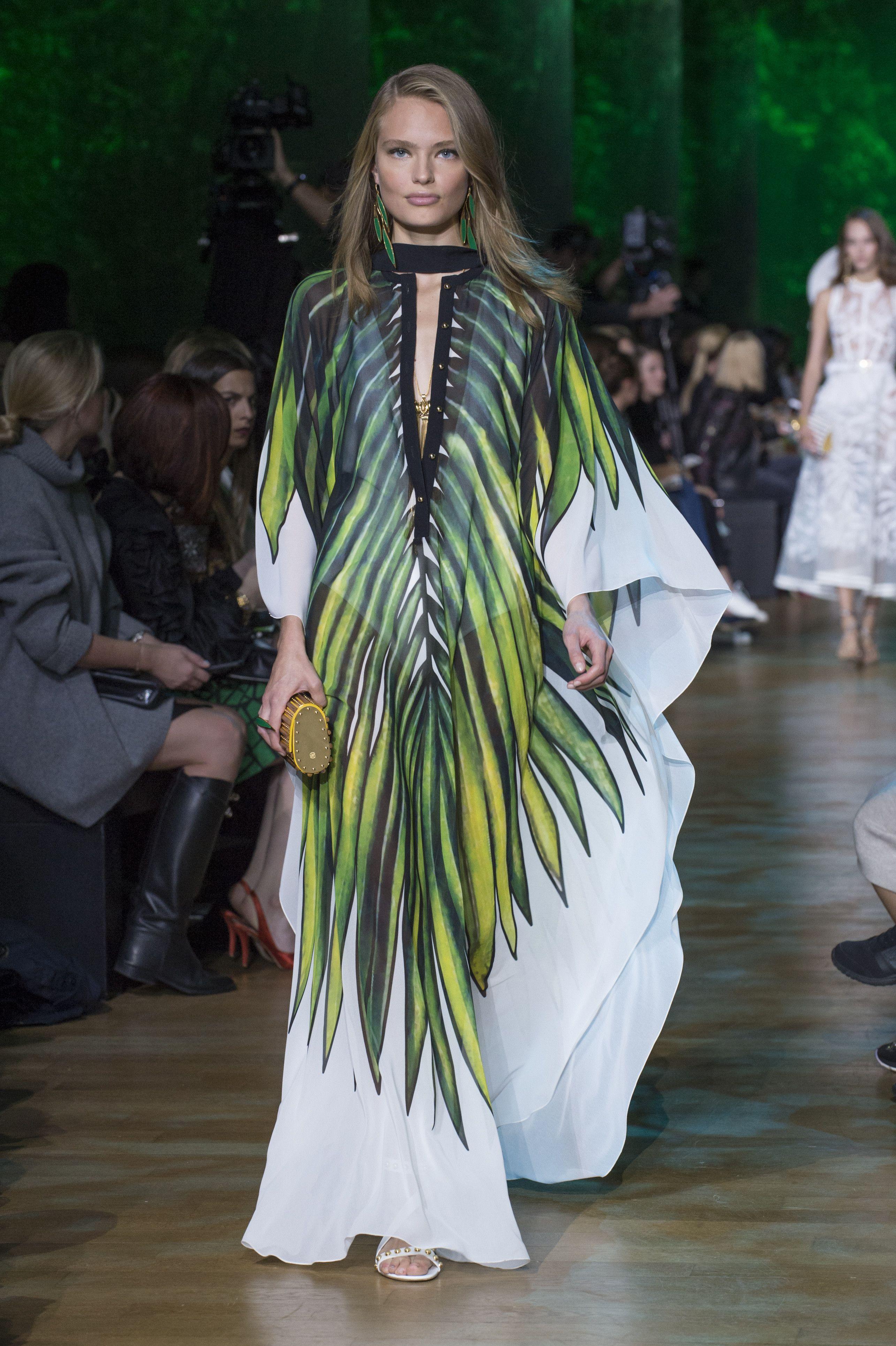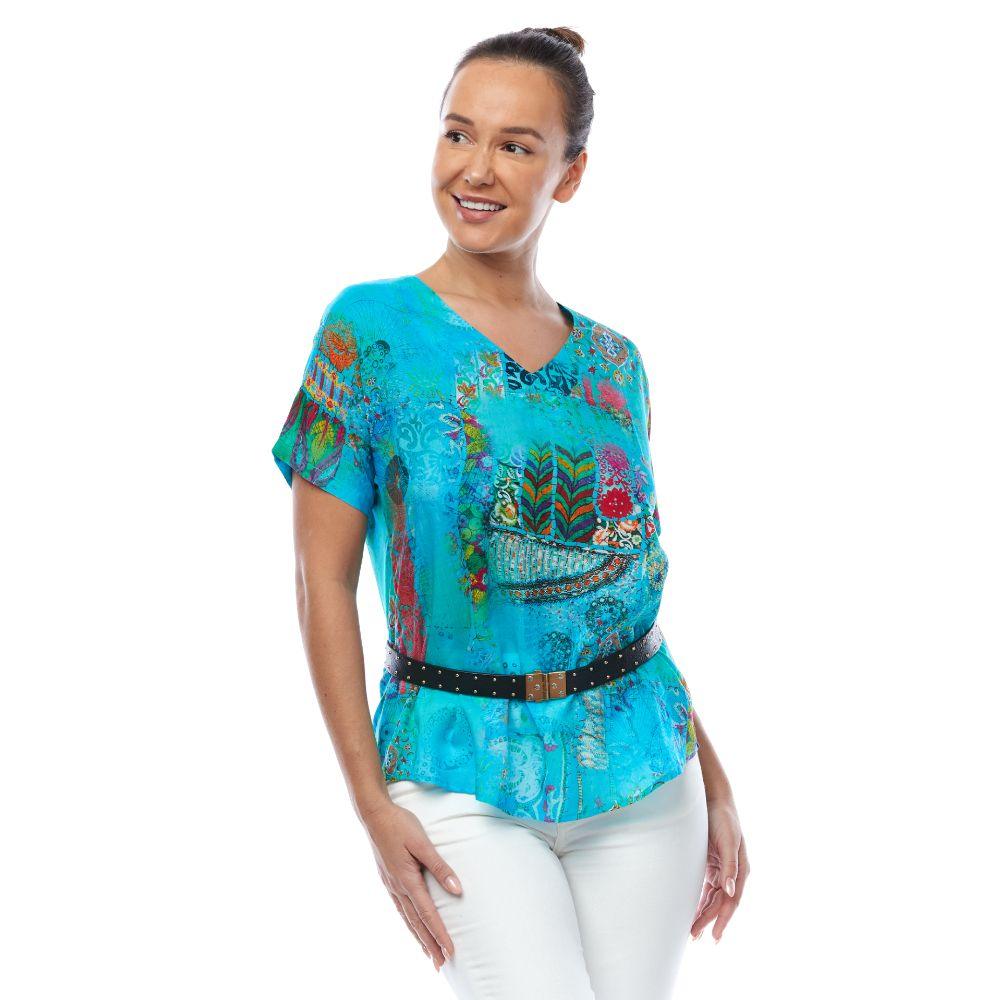
How the kaftan dress became fashionable
A symbol of exoticism and a bohemian lifestyle, the kaftan has become the catchall term in fashion for any loose-fitting robe or tunic over the years. It is often used to describe several Middle Eastern and North African garments (the djellaba, abaya, and burnouse, for example). A true kaftan is a narrow cut, long robe with full sleeves, either with a deep open neck or fully open to the floor, and sometimes buttoned; the very voluminous garment without defined sleeves that is often called a kaftan is, in fact, closer to the abaya.
Kaftan is a Persian word, while the garment style is believed to have originated in Ancient Mesopotamia. From the 14th to the 18th centuries, the Ottoman sultans wore lavishly decorated kaftans; they were also given as rewards to essential dignitaries and generals. Kaftans can be made from almost any fabric; most are silk, wool, or cotton and are often bound with a sash. Both men and women wear kaftans in variations across the Iranian plateau, North Africa, and West Africa. Primarily worn in hot climates, the kaftan’s loose silhouette helps proper ventilation, lowering body temperature.
In Europe and North America, authentic kaftans were rarely worn by a few travellers and eccentrics, who brought them back from exotic expeditions as part of the fad for Orientalism and Turkish-style interiors during the 19th century. It was not until the 1950s and early 1960s that this style of dress began appearing in high fashion when it was adapted by French couturiers—including Christian Dior and Balenciaga—as a new form of a loose-fitting evening gown or a robe over matching trousers. By 1966, Vogue described the kaftan as an essential garment for every member of the jet-set and photographed “the beautiful people” in an array of imported traditional styles and western adaptations.
The kaftan lent itself well to the fashions of the next decade, providing a simple silhouette that could be beaded, heavily patterned, or sleekly minimal (as seen in the designs of Halston in the 1970s). Women entertaining at home wore the “kaftan dress.” At the same time, more traditional silhouettes were being brought into the United States and Europe by young people who had travelled the nascent “Hippie trail” from North Africa to Afghanistan. The popularity in America of the kaftan—from high-end to mass market and cheap imports—stemmed from its association with exoticism and the easy-to-wear comfort of these pieces. From the mid-1970s through the last decade, the kaftan disappeared from most high fashion catwalks, becoming associated with resort wear.
Shortened to micro-mini length, Tom Ford took the kaftan silhouette to the realm of the erotic for Gucci Spring 1996, as designers seeking to inject their collections with an “oriental” touch and nostalgia for the 1960s rediscovered the versatility of this garment. Fashion designers such as Temperley and Matthew Williamson have continually reanimated the kaftan’s Bohemian mystique. Others, such as Naeem Khan and Elie Saab, have brought the kaftan to the red carpet with ornately beaded and embroidered versions. The bold and graphic silhouette of the kaftan enables designers to each put their unique spin on it while usually maintaining the ease of comfort and modesty that make it so appealing to women worldwide.
